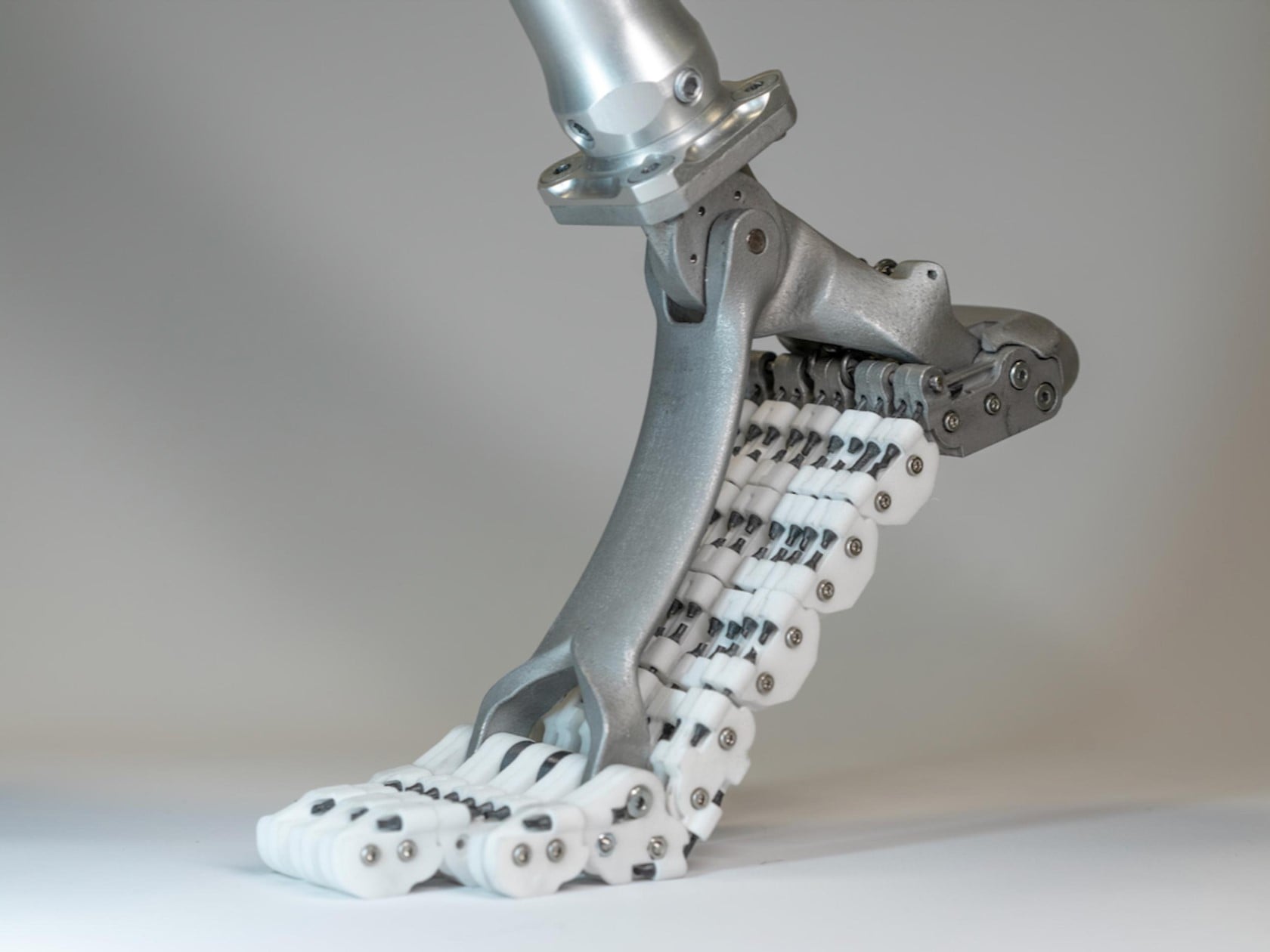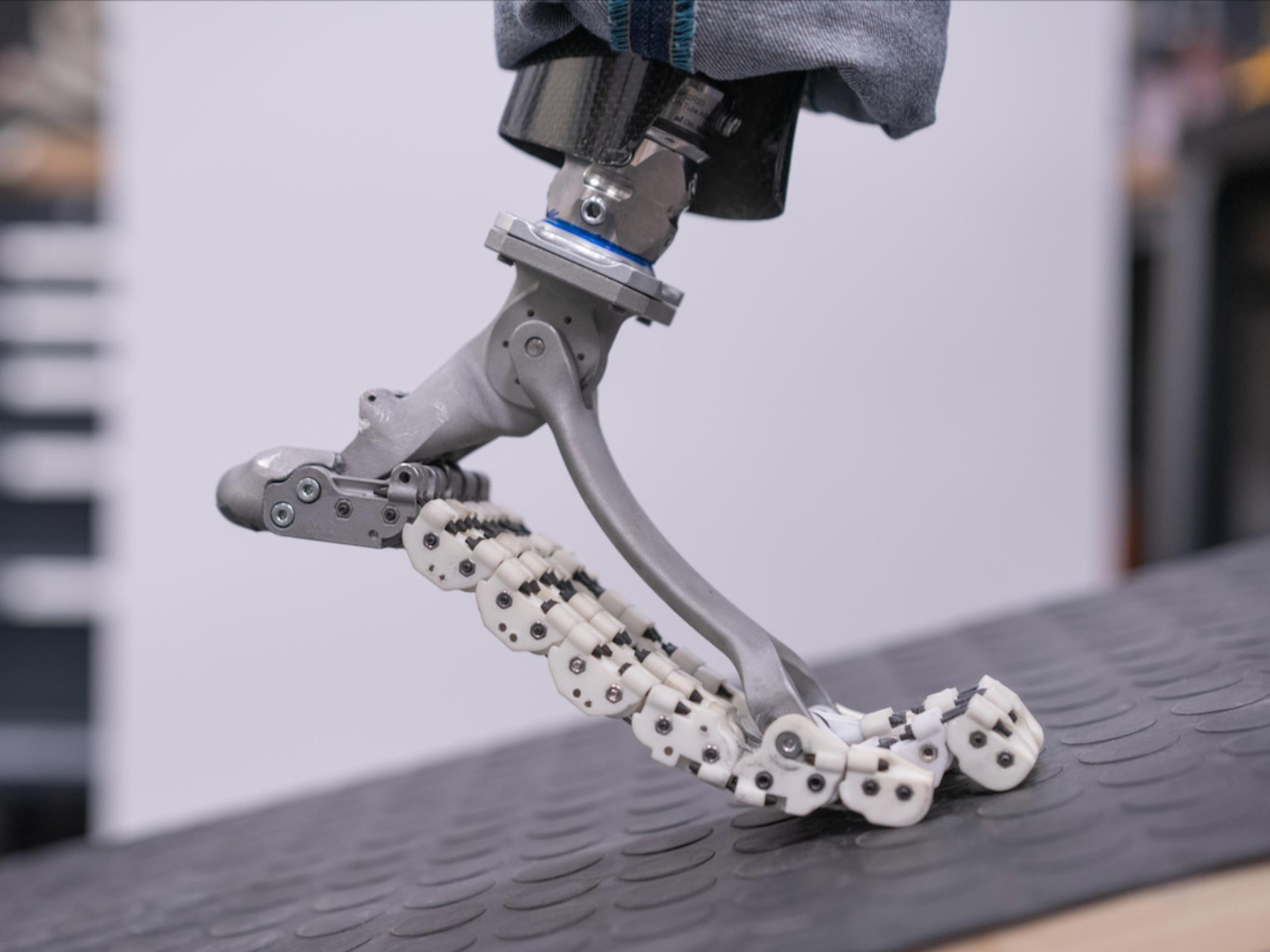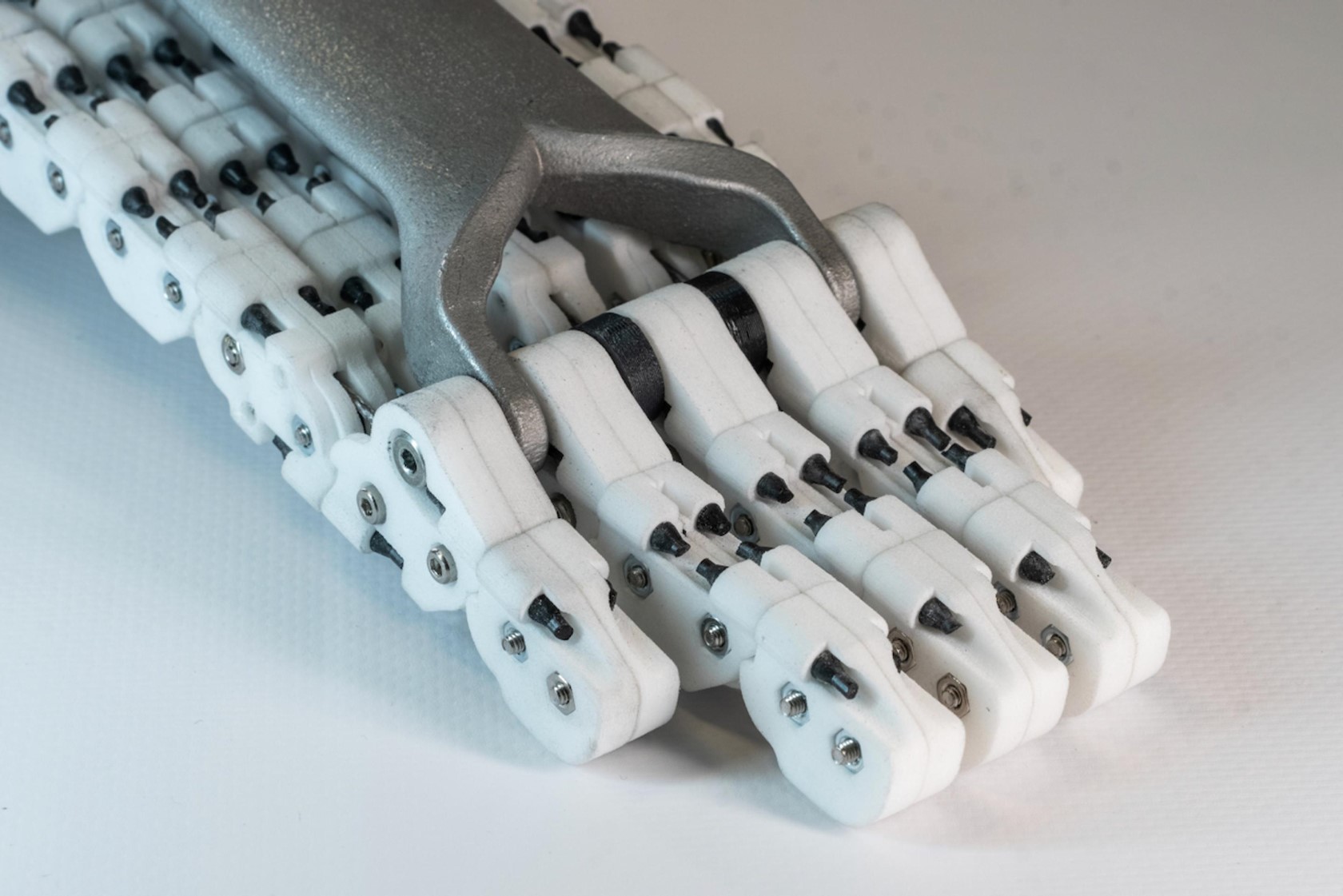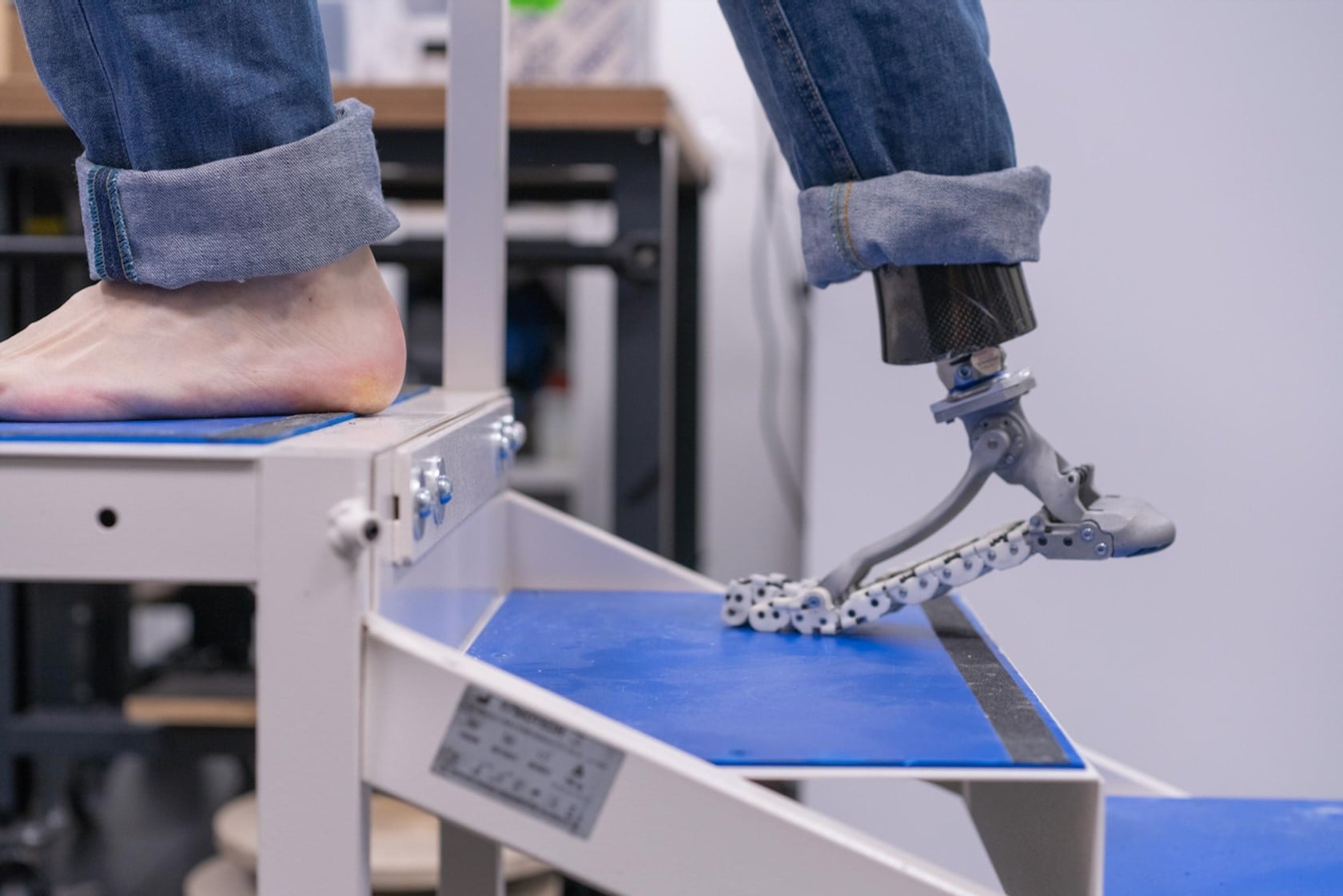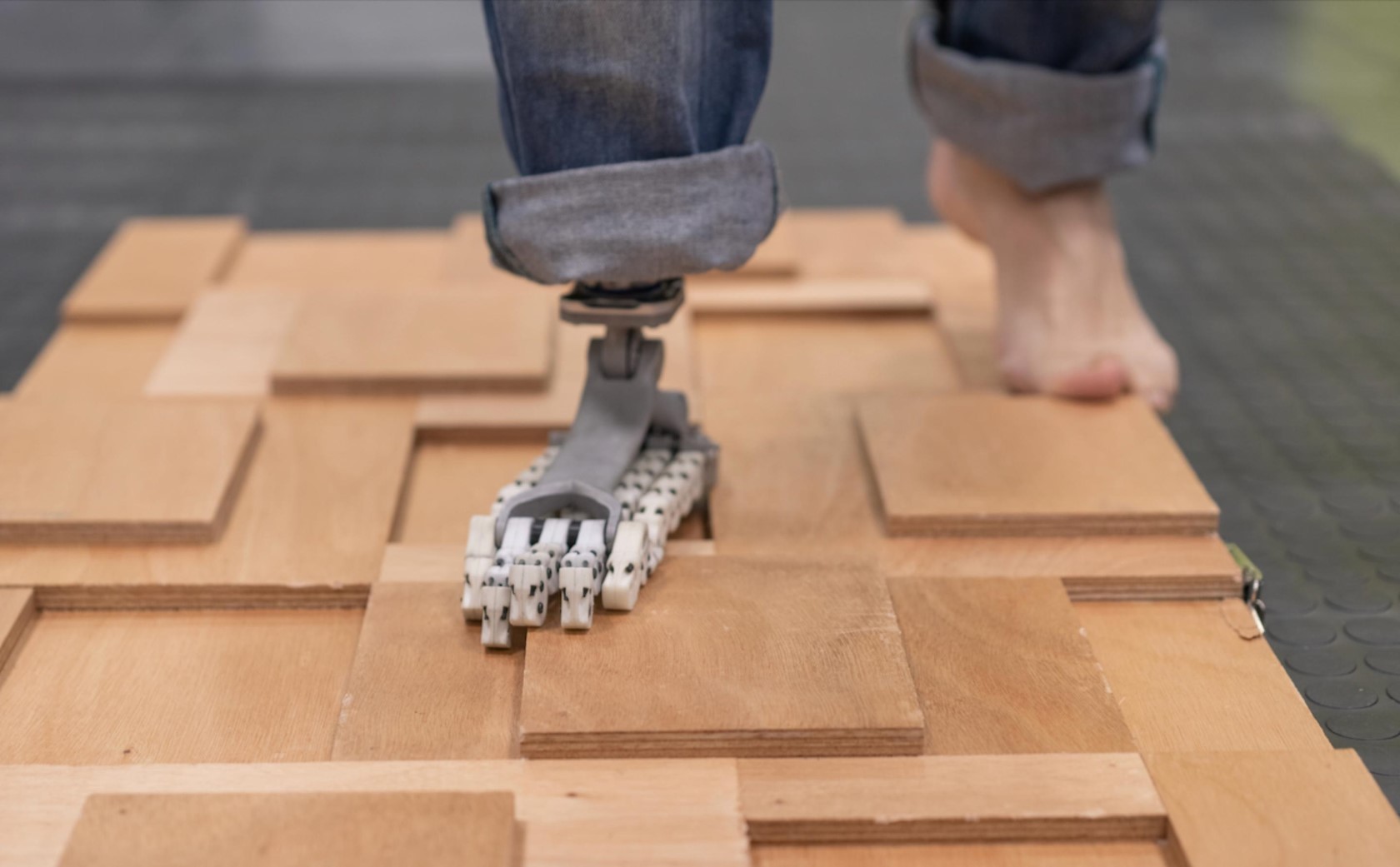LEGO Microscope with a Functional Rotating Eyepiece lets you Examine LEGO Bacteria Samples

If there’s one corner of the internet I find myself constantly visiting, it’s the LEGO Ideas website just to see what unique stuff people are building. You usually see a healthy mix of submissions – architecture, cartoon characters, historic monuments, culture, and every once in a while, a working LEGO version of a real-life product, like a Turing machine or a lawn mower.
This ambitious set, crafted with 1,316 meticulously chosen pieces, turns mere bricks into a fairly functional microscope that you can peer through and examine samples under. Standing tall at 16.5 inches, this MOC (My Own Creation) from Peter_Designs is more functional than you’d expect. With a revolving nosepiece, working eyepiece, and adjustable sharpness controls, this creation promises not just to look good but to work like a charm, inspiring curiosity in everyone who assembles or uses it.
Designer: Peter_Designs
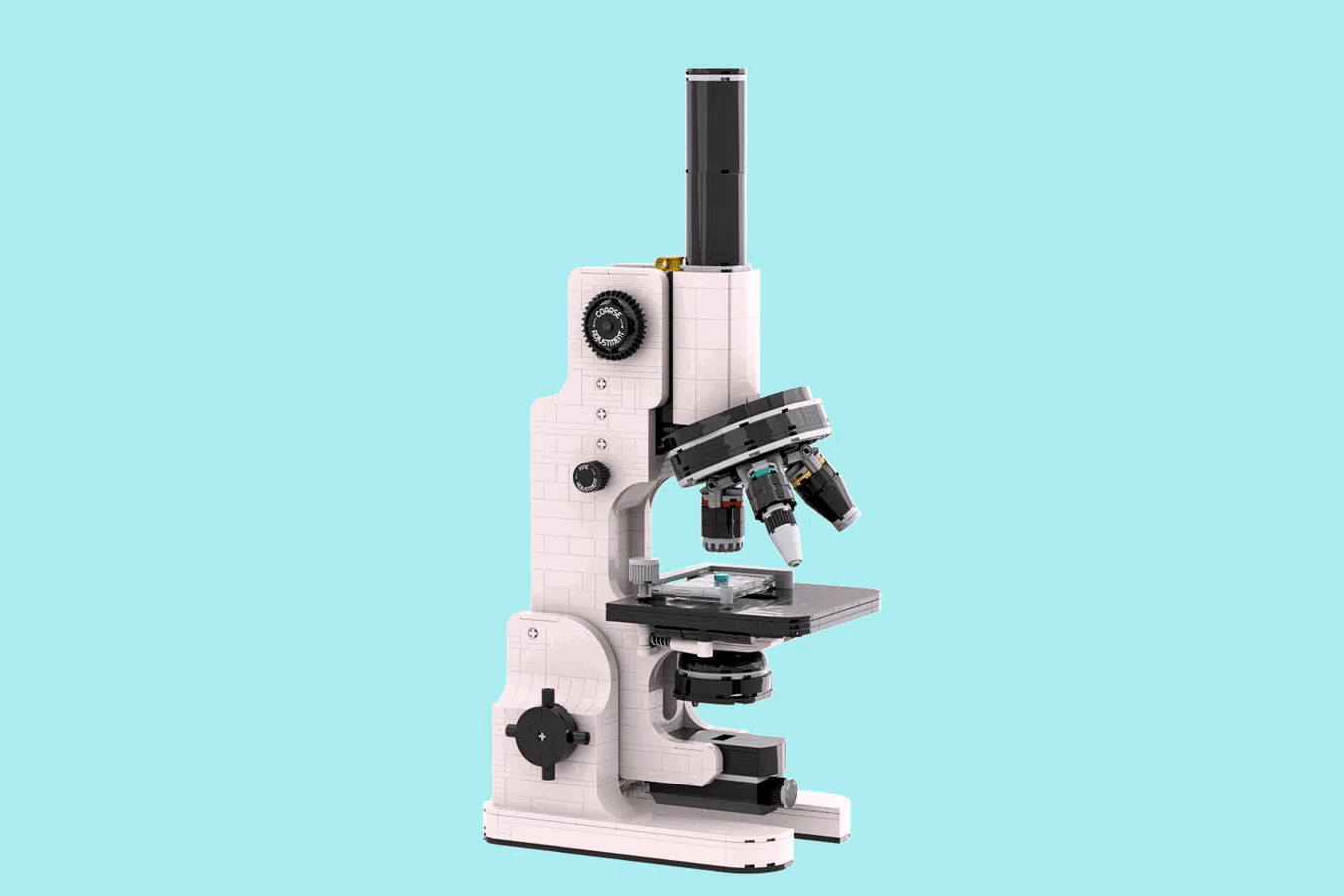
The LEGO Ideas Functional Microscope moves, adjusts, illuminates, and even magnifies. Three lenses in a revolving nosepiece let you simulate different magnification levels, complete with tiny bacteria models to examine. A press-activated light brings your samples to life, while fine and coarse sharpness controls let you dial in clarity. Every mechanism feels purposeful, engineered to transform assembly into interaction.

The model also carries the weight of history in its design. Microscopes have transformed how we see the world, from Galileo’s earliest designs to today’s electron microscopes that reveal the invisible. For Peter_Designs, this MOC hopes to celebrate the piece of equipment and all the achievements it’s aided. “My motivation for this set was twofold,” he says. “The first aim is to show that science can be fun! If approached right, it is not a limitation but an opportunity[…] The second motivation was to show an appreciation for people who dedicate their life to science – many hours of research and determined work, so that all of us can have better lives.”


The magnification settings, represented by LEGO-constructed bacteria samples, invite users to explore the microcosm in a tangible, imaginative way. The illumination light, coarse and fine adjustment knobs, and even a sprung sample clip make this as interactive as it is educational. The model offers a tactile understanding of how microscopes work, all while delivering the unmatched joy of building something extraordinary from tiny, interlocking bricks. Right above the rotating lenses lies a disc that features 2D representations of bacteria. Rotate the eyepiece and you see a zoomed-in or zoomed-out version of the bacteria, just through clever LEGO building.
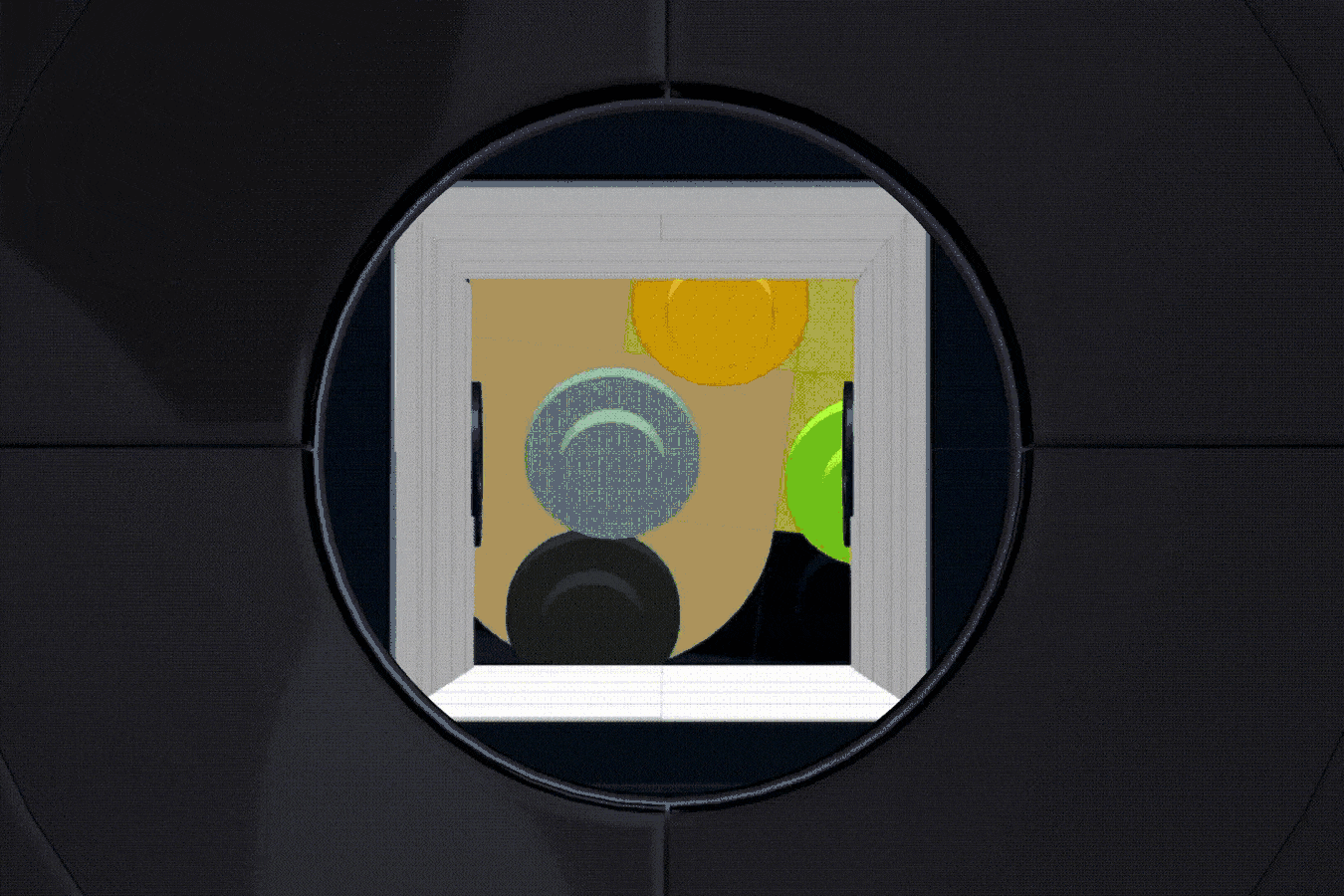


LEGO veterans will relish the intricacy of its construction. Advanced building techniques mimic the angles, gears, and connections of a real microscope, making every step of assembly a journey in engineering. There’s a kind of alchemy here: ordinary bricks transforming into something extraordinary, a process that’s as rewarding as the finished product itself.
The entire kit stands at a fairly impressive 42cm (16.5 inches) tall, featuring a 1,316-build construction that includes both regular as well as LEGO Technic bricks to give it a reliable, functional construction. The design combines elements from beautiful, antique microscopes with those taken straight from modern, more sophisticated machines.

For now, the Functional Microscope is a submission on the LEGO Ideas website, gathering votes from the broader LEGO global community. With 5,960 votes, it’s well on its way to hitting the 10,000 vote mark, following which the submission will be reviewed by LEGO’s internal team and hopefully converted into a box-set that all us enthusiasts can buy. If you consider yourself such an enthusiast, you can vote for the LEGO Ideas Functional Microscope on LEGO’s website here.

The post LEGO Microscope with a Functional Rotating Eyepiece lets you Examine LEGO Bacteria Samples first appeared on Yanko Design.









